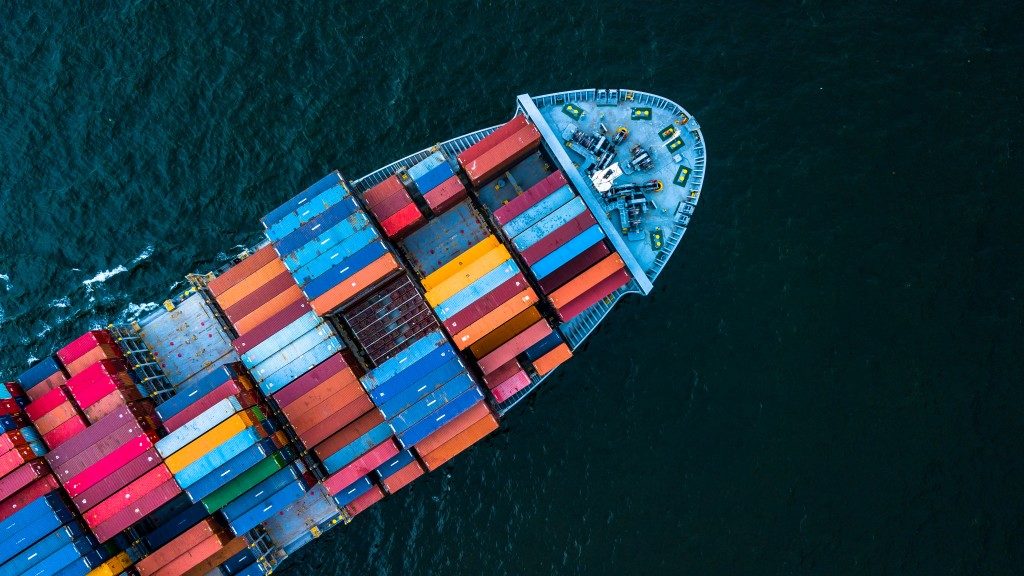The dangers of the maritime industry are numerous. These include the vagaries of the weather, the sea, and even the condition of the ship. Though the industry has tried in recent years to protect its crew, cargo and ship from the unforeseen calamities and dangers of the sea, there are still daily problems ship owners have to face.
A ship can face many dangers, many of it rising from daily wear and tear: hull damage, machine problems and even engine troubles. But all of these could affect a ship’s schedule and cargo. But now many owners protect their investments with a loss of hire insurance, so they could protect themselves from loss of earnings and loss of charter.
What is Covered?
The policy holder is covered against loss of earnings when one or more of his or her vessels are demobilised. However, it is not that comprehensive. The loss of insurance only covers the loss of income when an insured vessel incurs some damage. Also the damage must be recoverable based on the hull insurance of the ship.
The primary role of the insurance plan is as a risk management tool. It ensures that the owners can meet their loan repayments by protecting cash flow at the end of the day. There are two fundamental premises. The first is damage that results in the loss of time, and consequently, the loss of income. However, the damage must be covered by the policy. Secondly, the insured must demonstrate that the loss of hire leads to a loss of income.
It is vital to demonstrate the loss of income from the damage of the vessel. For example, a ship has no value as a source of regular income if it is on its way to the breaker’s yard. The economic interest is the net from the value of the scrap, and the costs incurred. In case the vessel breaks down and is repaired, the time lost will not lead to a loss of income. On the other hand, if the vessel is in active use in the market, taking it out for repairs after sustaining significant damage are reasonable grounds for a claim.
The Hull and Machinery Policy Relationship

The basic principle is that the insurance company responds when recoverable damage occurs. The recovery must be possible under the conditions of the plan. If the hull and machinery policy has a divergent view of the recoverable damage, and they are accepted in writing, then the recoverable amount is based on these new conditions.
Even so, keep in mind that it is these conditions that governs the cover. A good example is in the timing of the loss or damages. The hull and machinery policy adjustment does not in any way affect the insurers when it comes to deciding when the claim occurs. If it is the wish of the insured to have consistency in terms of timing, it must be expressly agreed to in the policy.
The main goal of this policy is to safeguard cash flow. The insured can, therefore, meet obligations and ensure the continuity of their business at the end of the day. For many ship owners and companies, the only way to protect their investment in the shipping industry is to get a loss of hire insurance. If you are unclear about where your current policies stand, get in touch with your insurer and discuss the available options.






